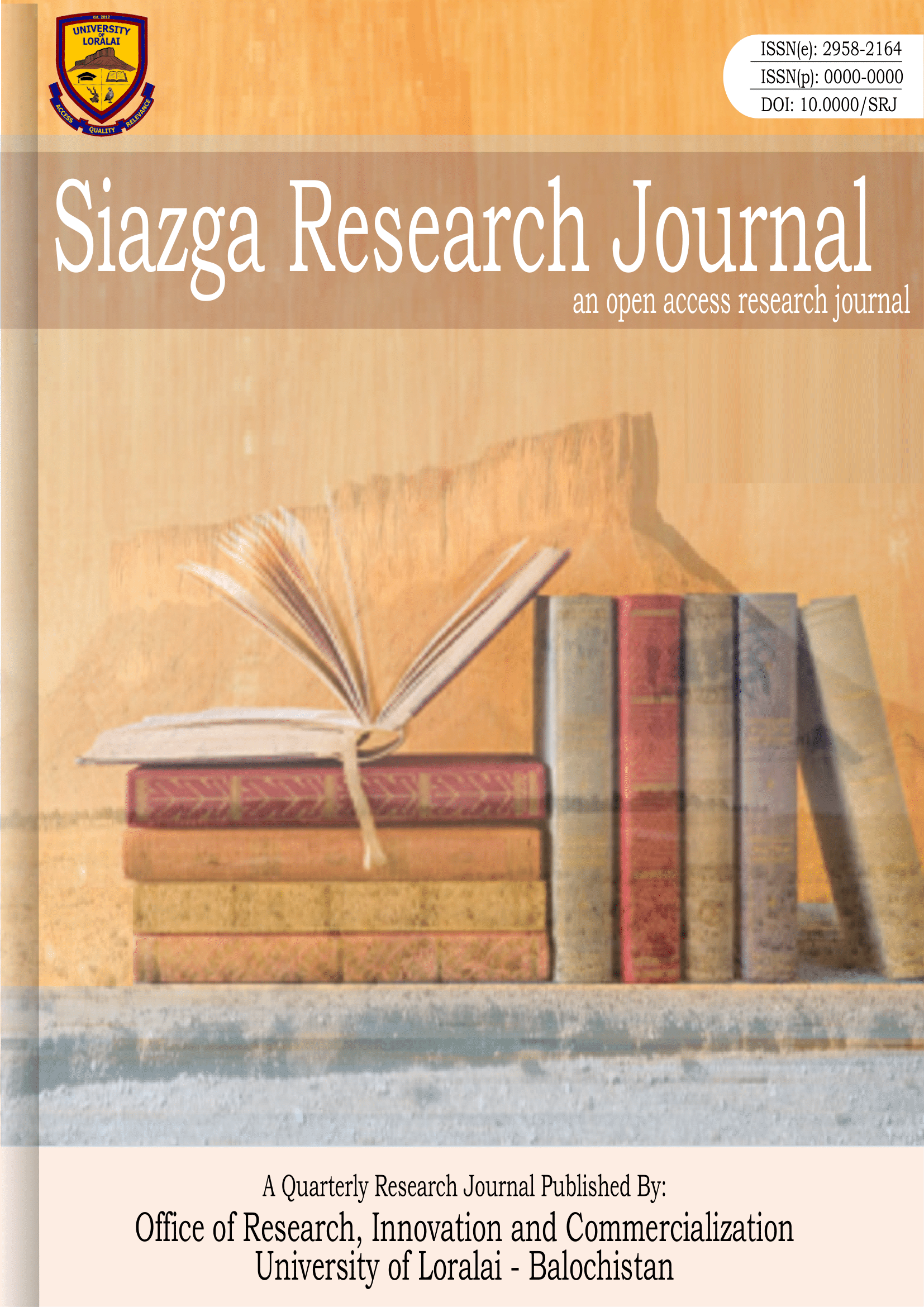The Prevention of Electronic Crimes Act (PECA) 2016
Understanding the Challenges in Pakistan
DOI:
https://doi.org/10.58341/srj.v2i4.35Abstract
Cybercrime (e.g., hacking, phishing, and spreading false news) is a criminal activity performed through computing machines. The frequency of these kinds of activities is increasing at a fast pace around the globe and damaging society with financial losses and trust. Miniaturization of computing and the compulsion of web usage in our daily lives are two significant factors that are becoming more pervasive in a rapid increase of cyber security issues, making it a complex problem to tackle. The detection and prevention of cybercrime is paramount for any lawful country. Cybercrime can occur anywhere at any time, and ultimately, the outcome could be devastating. The availability of cyber laws is the first step towards resolving this issue. Still, unfortunately, Pakistani lawmaker institutions, i.e., the National Assembly and Senate of Pakistan, passed the Cybercrime Act very late, i.e., in 2016. Fighting against Cybercrimes in Pakistan is challenging because we still lack a professional workforce and technology. Pakistan is one of the major victims of this problem. This study mainly focuses on the legislation passed by the Government of Pakistan with the Prevention of Electronic Crimes Act, 2016" followed by analyzing these cyber laws in tackling cybercrime cases.
Keywords:
Cybercrime, Cyber laws, Law enforcement, LegislationReferences
Arshad Khan, E. (2018). The prevention of electronic crimes act 2016: An analysis. LUMS LJ, 5, 117.
Government of Pakistan. (2023). The Prevention of Electronic Crimes Act, 2016. https://na.gov.pk/uploads/documents/1470910659_707.pdf
internetworldstats.com. (2023, September 30). Internet Growth Statistics 1995 to 2023—The Global Village Online. https://www.internetworldstats.com/emarketing.htm
ITU. (2021). Global Cybersecurity Index (GCI) 2018. https://www.itu.int/dms_pub/itu-d/opb/str/D-STR-GCI.01-2018-PDF-E.pdf
Malwarebytes. (2020). State of Malware-Online. https://resources. malwarebytes .com /files /2019 /01 /Malwarebytes -Labs -2019 -State -of -Malware -Report -2 .pdf
McAfee. (2022). The Economic Impact of Cybercrime—No Slowing Down. https://www.mcafee.com/enterprise/en-us/assets/executive-summaries/es-economic-impact-cybercrime.pdf
Morgan, S. (2022, October 13). Cybercrime To Cost The World 8 Trillion Annually In 2023. Cybercrime Magazine. https://cybersecurityventures.com/cybercrime-to-cost-the-world-8-trillion-annually-in-2023/
NRCC. (2023, September 30). National Response Centre For Cyber Crime. https://www.nr3c.gov.pk/cybercrime.html
Okutan, A. (2019). A framework for cyber crime investigation. Procedia Computer Science, 158, 287–294.
Shakeel, Q. (2018, October 23). Cybercrime reports hit a record high in 2018: FIA - Pakistan—DAWN.COM. https://www.dawn.com/news/1440854
Singh, M. M., & Bakar, A. A. (2019). A systemic cybercrime stakeholders architectural model. Procedia Computer Science, 161, 1147–1155.
Usman, M. (2017). cyber crime: Pakistani perspective. Islamabad Law Review, 1(03), 18–40.
Yeoh, W., Liu, M., Shore, M., & Jiang, F. (2023). Zero trust cybersecurity: Critical success factors and A maturity assessment framework. Computers & Security, 133, 103412.
Downloads
Published
How to Cite
License
Copyright (c) 2023 Siazga Research Journal

This work is licensed under a Creative Commons Attribution 4.0 International License.


